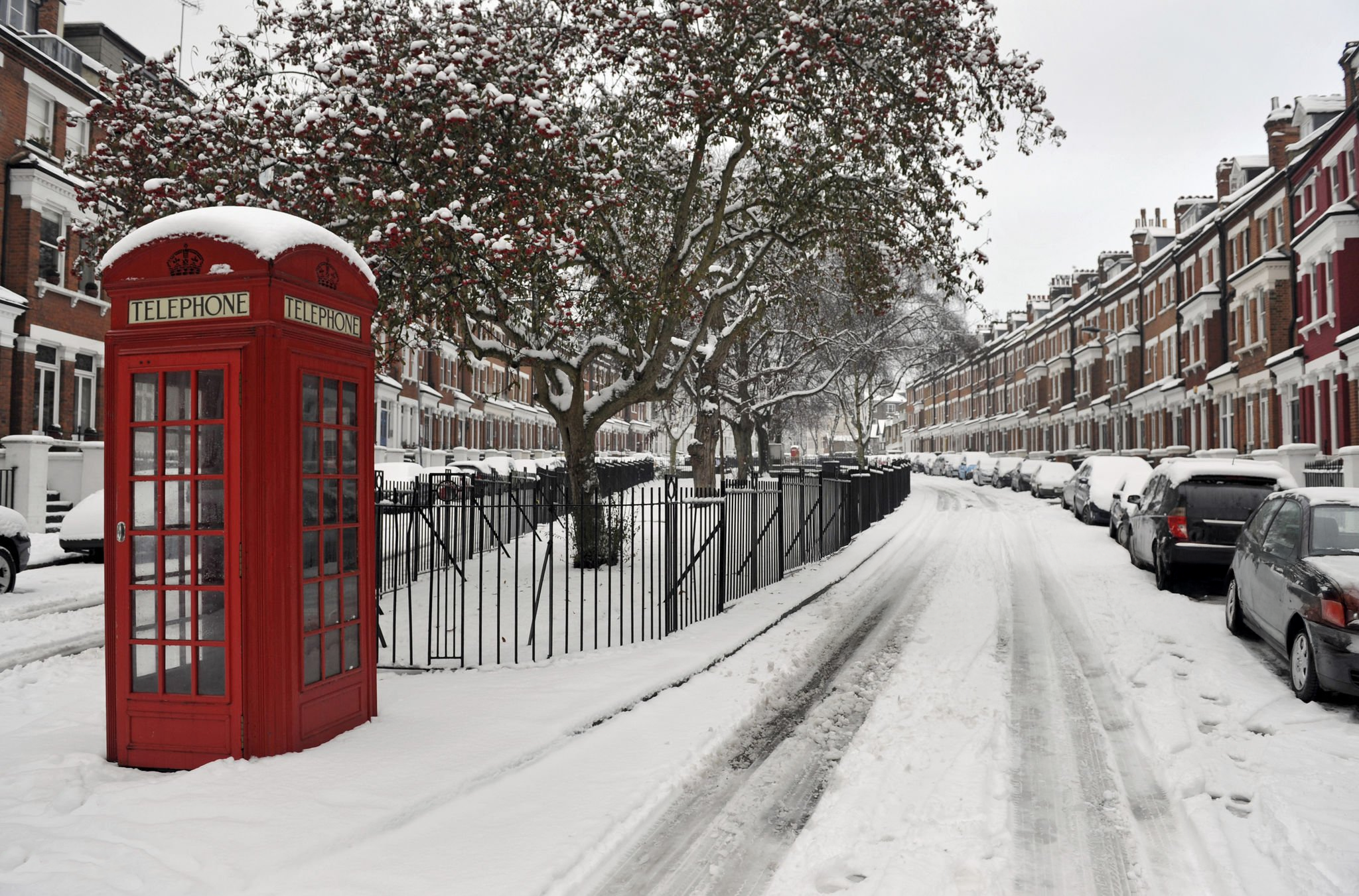Why Damp Problems Get Worse in Winter
As temperatures drop, the risk of damp increases. That’s especially true in London, where many homes — particularly older Victorian and Edwardian properties — are poorly insulated and prone to excess moisture.
Damp worsens in winter due to:
Colder surfaces that attract condensation
Poor ventilation as windows stay closed
Increased indoor humidity from cooking, drying clothes, and hot showers
Blocked gutters and heavy rainfall leading to penetrating damp
Cold bridging in uninsulated walls and corners
Without proper prevention, minor moisture issues can quickly turn into serious damp problems — and by the time black mould appears, it’s already too late for DIY fixes.
7 Ways to Prevent Damp in Your London Property This Winter
1. Ventilate Every Room — Even in Cold Weather
Good airflow is essential. Open windows daily for at least 10–15 minutes, even in winter. Use extractor fans in bathrooms and kitchens, and don’t block air vents.
If your home is consistently humid, consider a humidity monitor or dehumidifier — but remember, these only help manage symptoms. If damp returns, you may need a professional damp survey to find the root cause.
2. Keep a Consistent, Low-Level Heat On
Letting your home get too cold allows moisture to settle on walls and windows. Keep your heating on at a low, steady temperature — especially in rooms that are rarely used. Avoid drastic fluctuations in temperature, which promote condensation.
3. Dry Clothes Responsibly
Drying laundry indoors without ventilation is one of the fastest ways to introduce damp. Always use a vented tumble dryer or dry near a window with proper airflow. Never dry clothes directly on radiators without ventilation.
4. Check Your Gutters and Downpipes
Penetrating damp often starts outside. Make sure your gutters are clear of leaves and your downpipes are draining away from the building. Overflowing rainwater can saturate external walls and cause moisture to seep inside — especially in older London terraces.
If you see damp patches on upper floors or ceilings after rain, it’s a sign to book a damp survey right away.
5. Look for Cold Spots and Improve Insulation
Cold spots — often found in corners or around windows — are prime areas for condensation. Consider improving loft insulation, adding draught-proofing, or insulating external walls (where possible).
Period properties may need tailored solutions. A damp survey in London will help identify specific vulnerabilities based on the age and layout of your home.
6. Use Anti-Mould Paint in High-Risk Areas
If you’re redecorating, use anti-mould paint in bathrooms, kitchens, and other humid rooms. This won’t stop the damp, but it may help slow mould growth while you work on ventilation.
7. Inspect for Early Signs of Damp
Be proactive. Look for:
Condensation on windows all day
Peeling wallpaper or bubbling paint
Musty smells
Black mould in corners or behind furniture
Tide marks on lower walls
If you notice any of these signs, prevention is no longer enough — it’s time for a professional damp survey to identify the source and prevent further damage.
Why Winter Is the Best Time to Book a Damp Survey in London
Damp is often easiest to detect in winter — when condensation is at its worst, rainfall is heaviest, and cold surfaces exaggerate moisture problems.
Booking a damp survey during winter allows us to:
Identify hidden or seasonal damp issues
Use thermal imaging more effectively due to cold contrast
Pinpoint rising, penetrating, or condensation damp accurately
Recommend the most effective winter-proofing measures
Our London damp surveys include a full property inspection, thermal imaging, moisture meter readings, and a detailed written report with actionable advice. Each survey takes approximately three hours to complete, and is backed by our reputation for thoroughness — often outperforming even premium HomeBuyers Reports.

